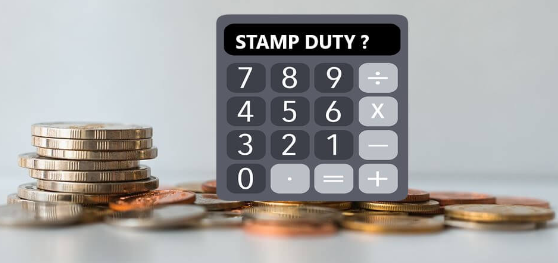Stamp Duty Land Tax (SDLT) is a tax applicable in England and Northern Ireland. It’s payable when property is purchased, or when it is transferred between individuals. However, there are some situations that are exempt from Stamp Duty Land Tax.
Information about Scotland’s Land and Buildings Transaction Tax and Wales’s Land Transaction Tax can be found on their government websites as linked above.

Stamp Duty threshold
Generally, SDLT is payable if a property is transferred in exchange for something of monetary value. If this value exceeds a certain threshold, then SDLT is payable on the excess.
For example, a couple living in a property owned by one of the individuals enter into a civil partnership and decide to become joint owners of their home. The owner transfers a share to their partner, who takes on part of the mortgage. The SDLT calculation is based on how much mortgage the receiving partner is taking on, and whether this exceeds the SDLT threshold.
The tax rate and SDLT thresholds can vary depending on the property and the relationship and situation of the individuals (for example, if they are cohabiting). To ensure you’re not paying more than you should, it’s wise to seek professional advice from a transfer of equity solicitor such as parachutelaw.co.uk/transfer-of-equity-solicitor.

Situations where SDLT does not apply
As a general rule of thumb, SDLT will not apply where the transfer of property is a gift, nor if the transfer is a result of a divorce, the dissolution of a civil partnership or a legal separation, even if the value of the mortgage transferred exceeds the SDLT threshold. However, it’s still advisable to consult an expert in the field to ensure other taxes are not payable.






